Last January we lead a private birdwatching tour in Piedmont, in the company of the ornithologist Riccardo Alba, along some of the most suggestive lake environments of the region, with stops that allowed us to observe a great variety of bird species, both wintering and sedentary.
The day began at dawn, following an itinerary focused on the shores of Lake Maggiore, Lake Orta, Lake Mergozzo and the Lagoni di Mercurago Natural Park, along the eastern portion of the region bordering Lombardy, combining landscape beauties and biodiversity.
First light on the lake. Photo by Riccardo Alba.
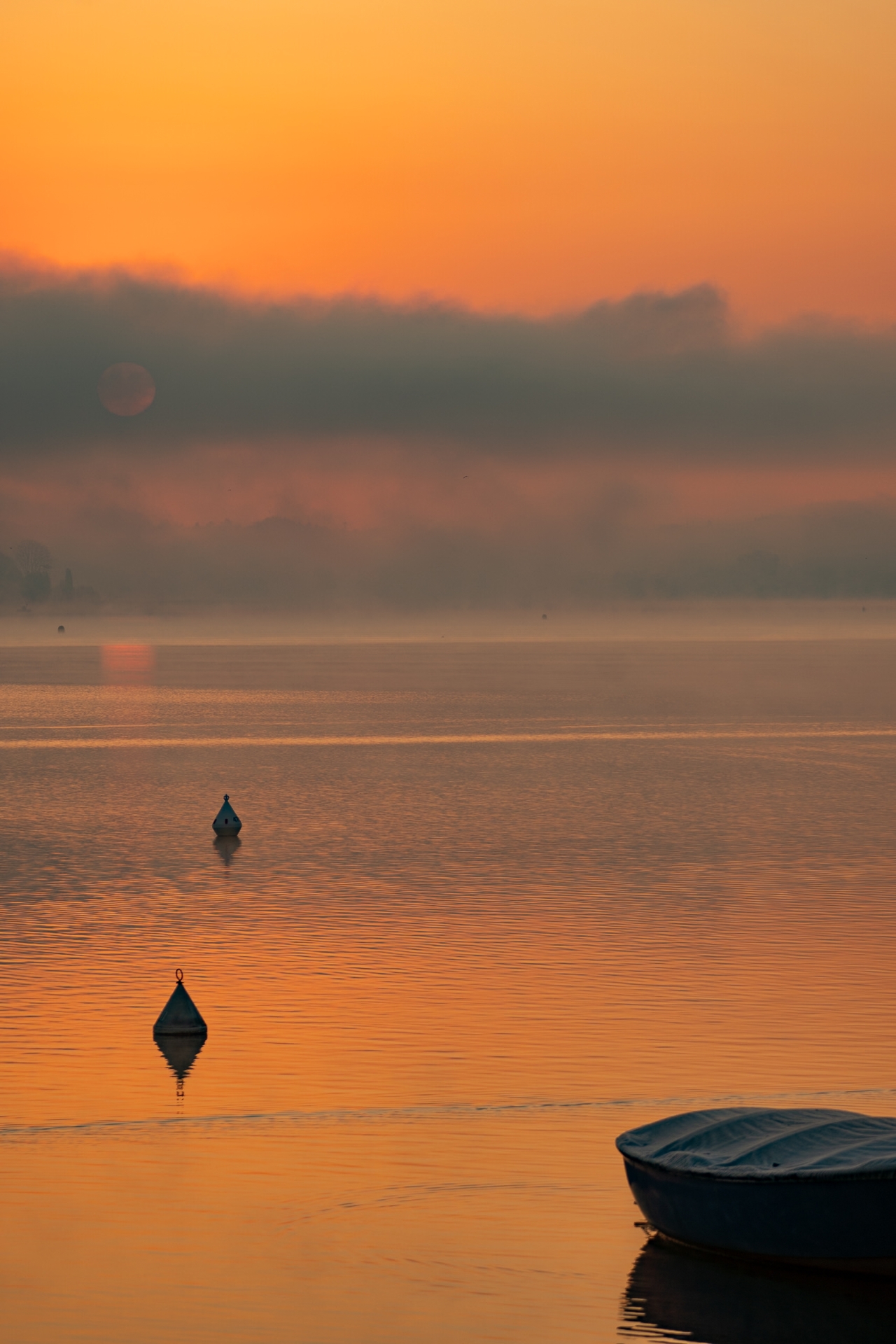
The first stop was the Lido di Arona, where the shores and the pier proved to be an excellent observation point for several species of gulls, including some that are not often observed. Black-headed and Yellow-legged Gulls were present in good numbers, accompanied by the rarer Caspian Gull (Larus cachinnans) and some Lesser Black-backed Gulls (Larus fuscus) and Common Gulls (Larus canus).
Continuing along Lake Maggiore, we stopped at various panoramic points to observe the aquatic species. Among these, the Great Crested Grebe (Podiceps cristatus) and the Eurasian Coots (Fulica atra), always active along the banks. There was no shortage of ducks, including Mallards (Anas platyrhynchos), Common Mergansers (Mergus merganser), Eurasian Teals (Anas crecca) and a Northern Pintail (Anas acuta). A special moment was the appearance of a Common Kingfisher (Alcedo atthis), which gave a short fishing show.
Caspian Gull. Photo by Riccardo Alba.
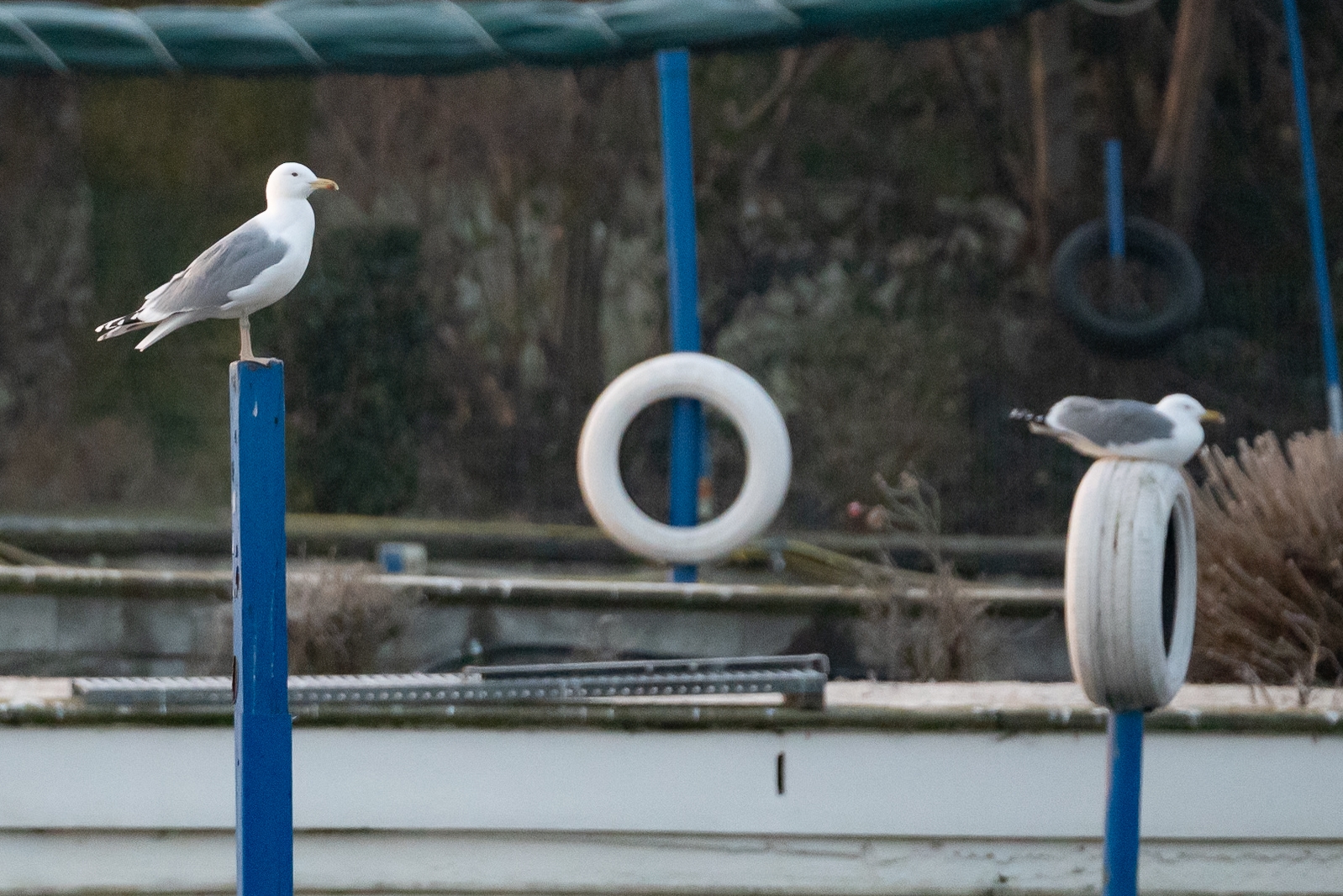
Common Merganser. Photo by Riccardo Alba.
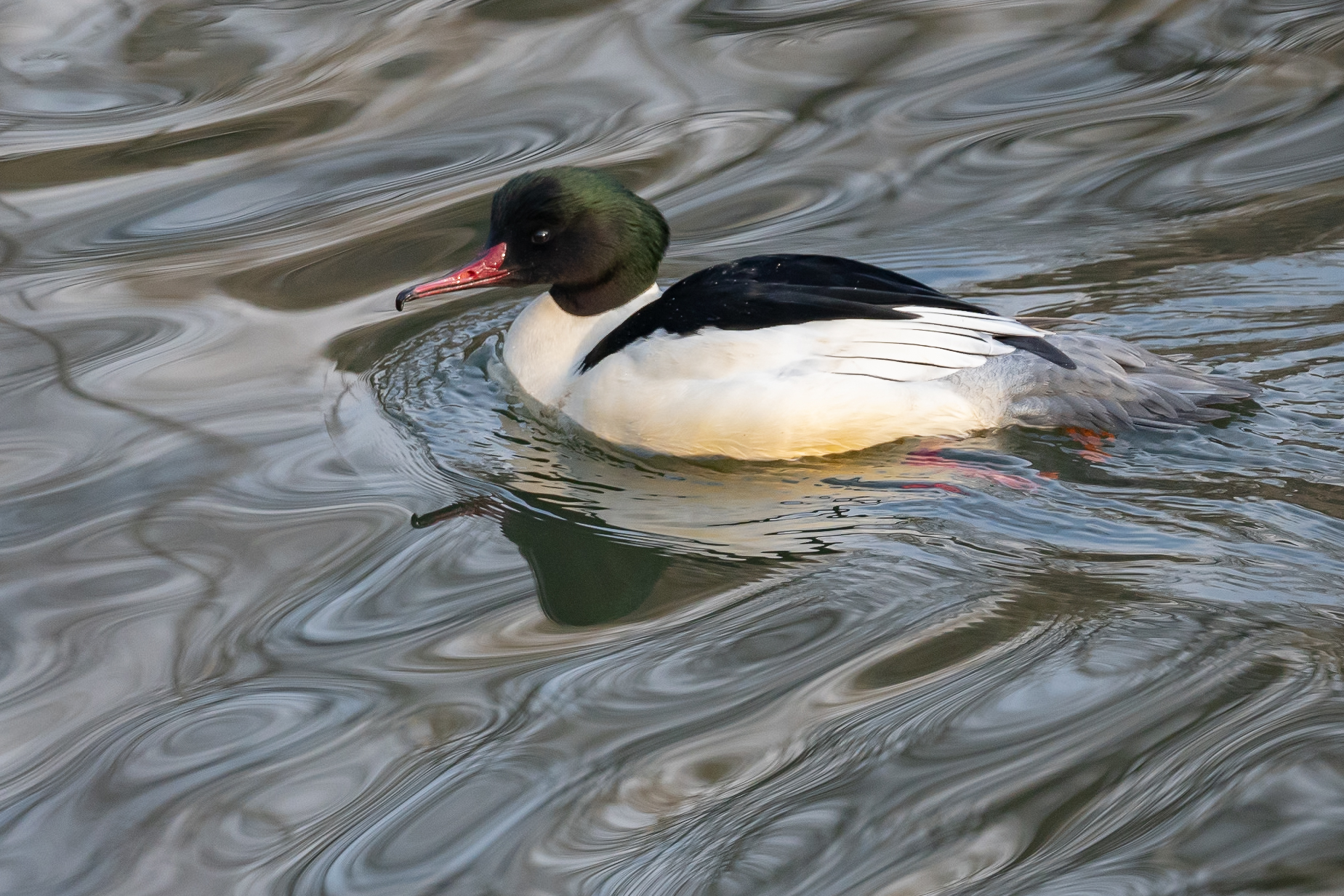
The next stop took us to the reeds of Fondotoce, an ideal environment for birds associated with marsh vegetation. Here the Penduline Tit (Remiz pendulinus) was easily contacted thanks to its long and faint call. Among the reeds, Common Reed Buntings (Emberiza schoeniclus) and Cetti’s Warblers (Cettia cetti) were also observed.
Afterwards, we moved to Lake Orta and Lake Mergozzo, two more intimate environments but equally rich in life. Near Lake Orta, we had the opportunity to observe many species of Passerines, such as Eurasian Siskins (Spinus spinus) and Rock Buntings (Emberiza cia), while Lake Mergozzo provided a large group of Eurasian Crag Martins (Ptyonoprogne rupestris) engaged in aerial insect hunting.
Common Reed Bunting. Photo by Riccardo Alba.
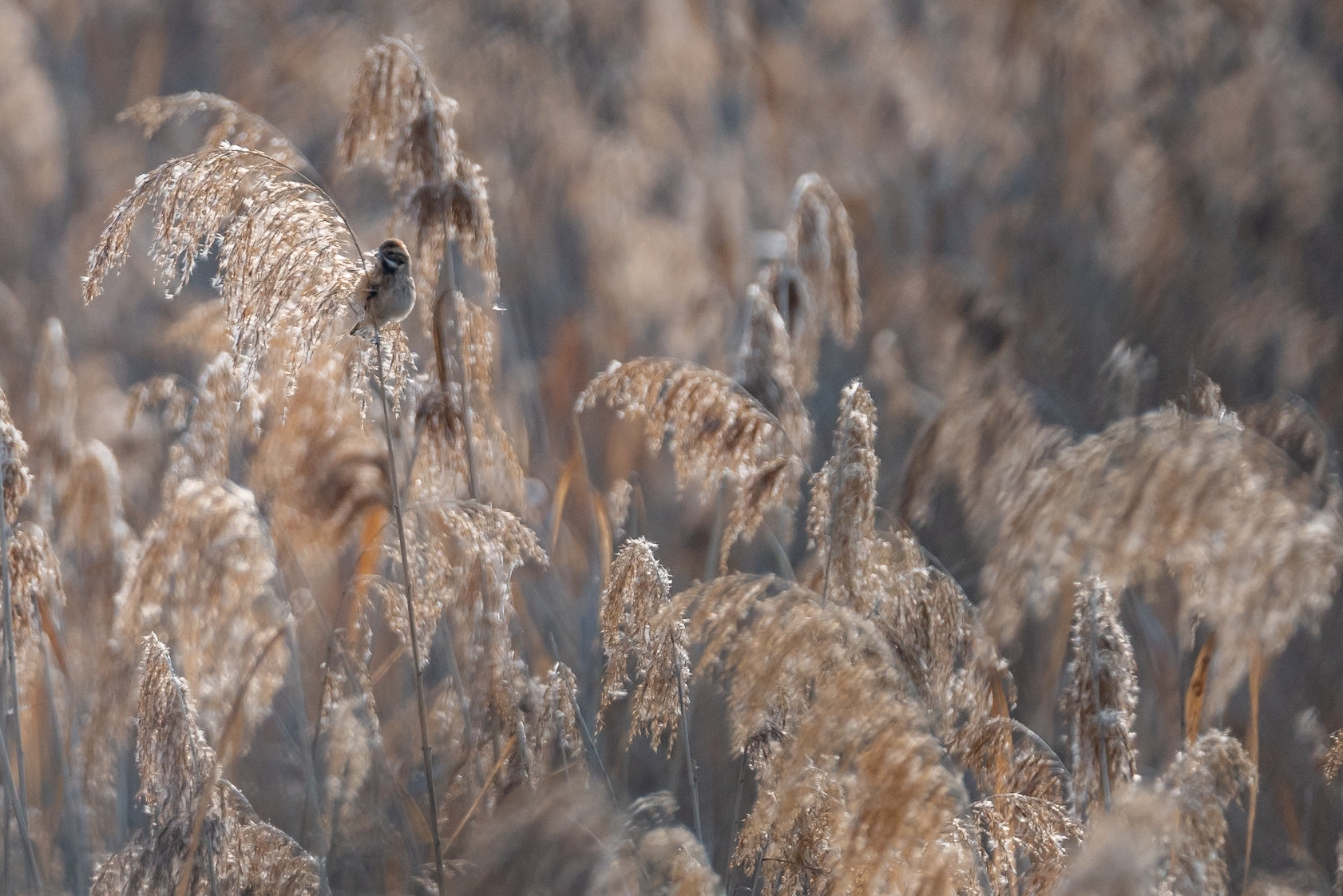
Roe Deers. Photo by Riccardo Alba.
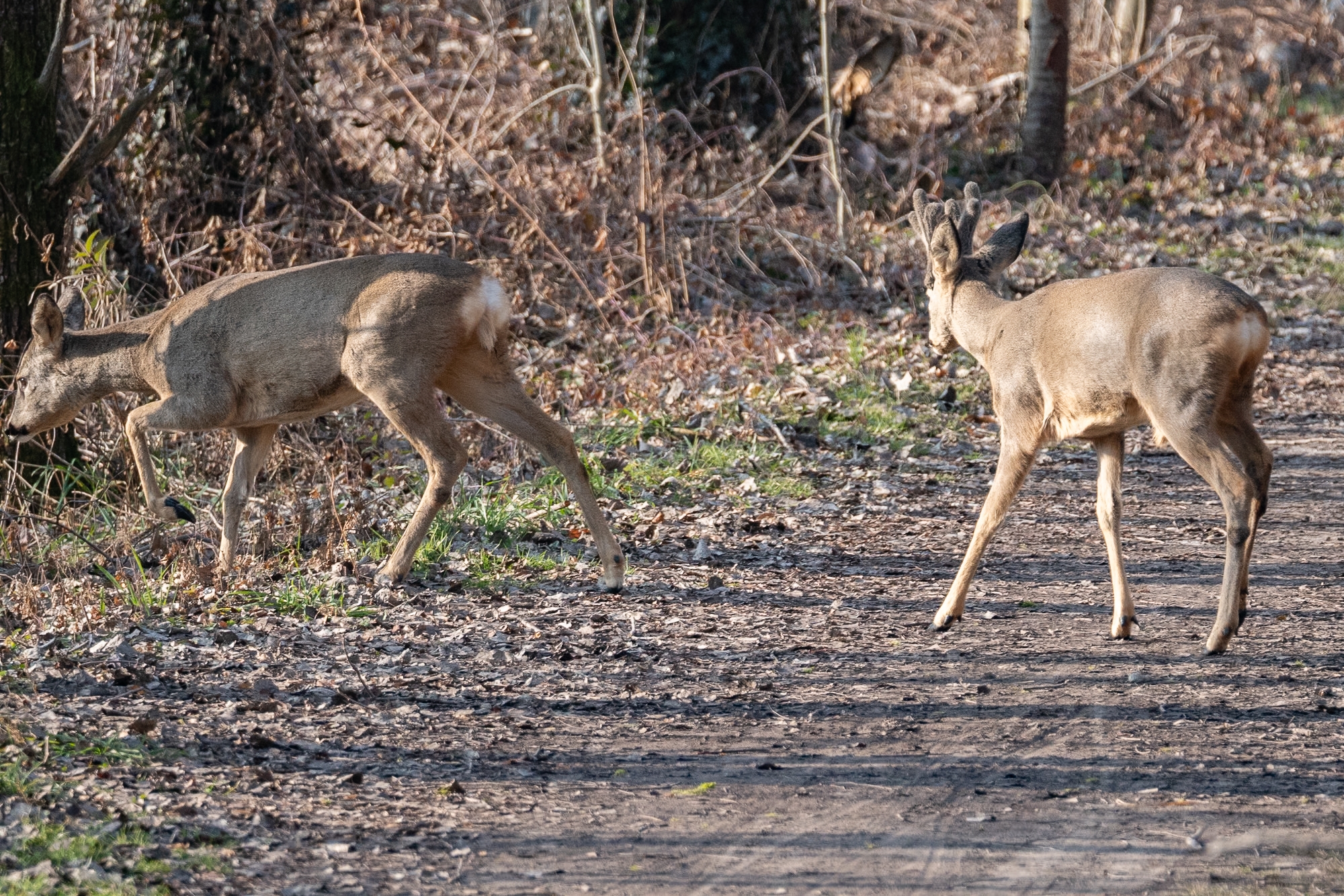
The day ended with a visit to the Lagoni di Mercurago Natural Park, where attention was focused on woodland Passerines, among which we spotted the Hawfinch (Coccothraustes coccothraustes), the Brambling (Fringilla montifringilla) and the Goldcrest (Regulus regulus).
The tour highlighted the importance of these environments both as hotspots for wintering Birds and as providers of ecosystem services they provide to humans in terms of recreation and mental well-being.
We ended the day with 56 species of Birds, giving our American guest multiple lifers!
Eurasian Teals. Photo by Riccardo Alba.
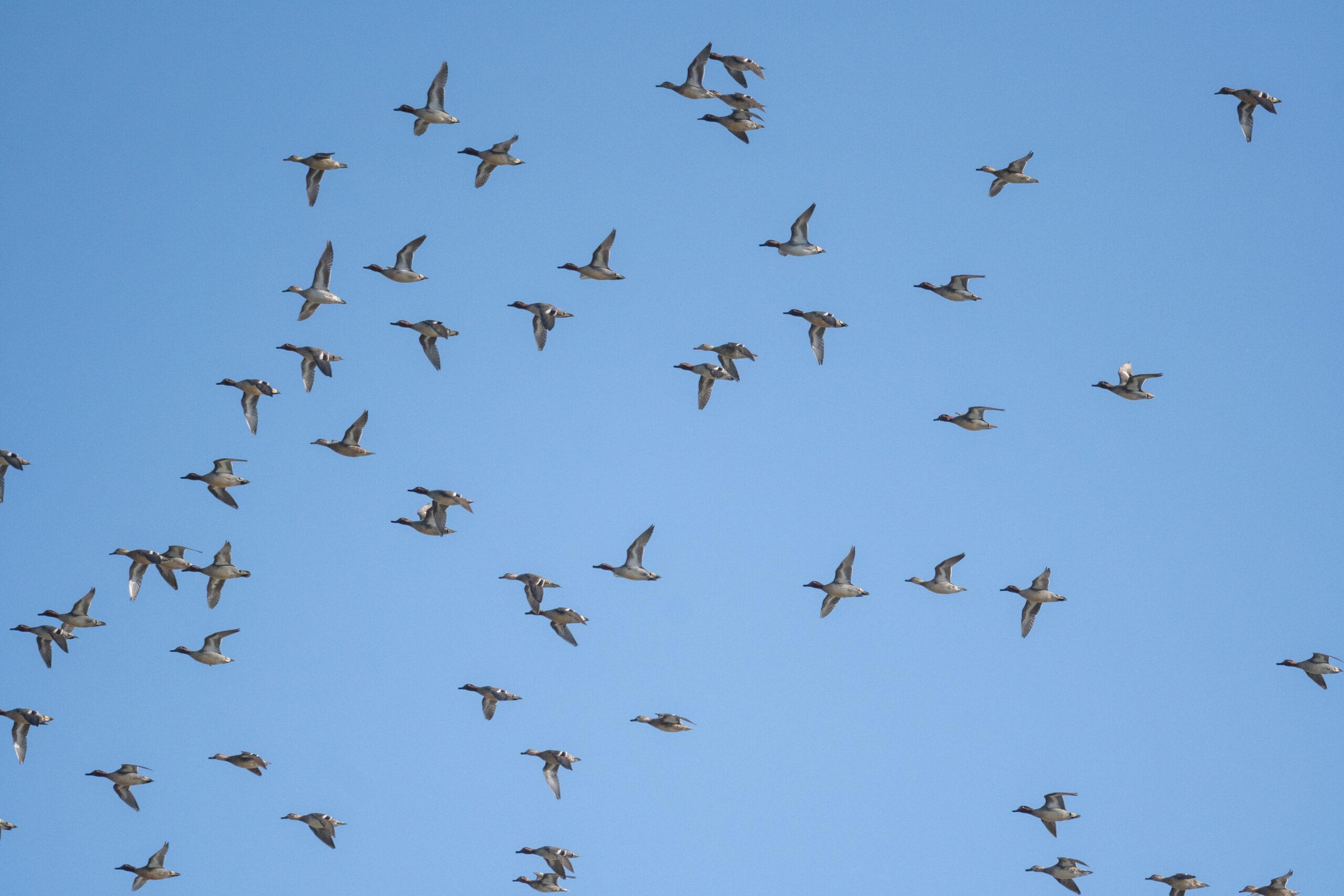
Snow-capped Alps. Photo by Riccardo Alba.
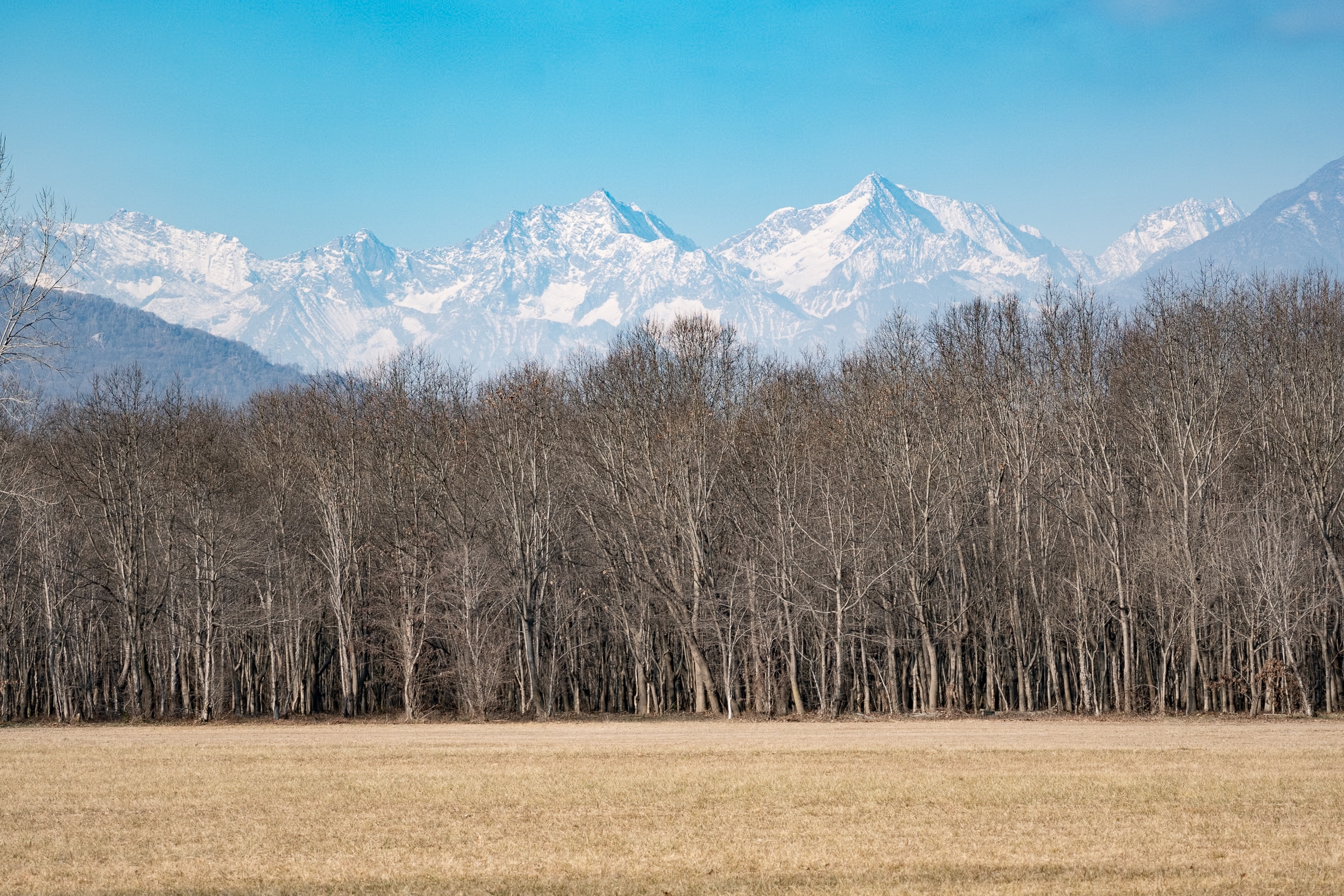
CHECKLIST
- Mute Swan (Cygnus olor)
- Mallard (Anas platyrhynchos)
- Eurasian Teal (Anas crecca)
- Northern Pintail (Anas acuta)
- Common Merganser (Mergus merganser)
- Great Crested Grebe (Podiceps cristatus)
- Little Grebe (Tachybaptus ruficollis)
- Great Cormorant (Phalacrocorax carbo)
- Great Egret (Ardea alba)
- Grey Heron (Ardea cinerea)
- Common Buzzard (Buteo buteo)
- Eurasian Coot (Fulica atra)
- Common Moorhen (Gallinula chloropus)
- Black-headed Gull (Chroicocephalus ridibundus)
- Common Gull (Larus canus)
- Yellow-legged Gull (Larus michahellis)
- Caspian Gull (Larus cachinnans)
- Lesser Black-backed Gull (Larus fuscus)
- Feral Pigeon (Columba livia domestica)
- Wood Pigeon (Columba palumbus)
- European Green Woodpecker (Picus viridis)
- Great Spotted Woodpecker (Dendrocopos major)
- Common Kingfisher (Alcedo atthis)
- Eurasian Crag Martin (Ptyonoprogne rupestris)
- Water Pipit (Anthus spinoletta)
- White Wagtail (Motacilla alba)
- Grey Wagtail (Motacilla cinerea)
- Dunnock (Prunella modularis)
- European Robin (Erithacus rubecula)
- Black Redstart (Phoenicurus ochruros)
- Common Blackbird (Turdus merula)
- Song Thrush (Turdus philomelos)
- Winter Wren (Troglodytes troglodytes)
- Cetti’s Warbler (Cettia cetti)
- Common Chiffchaff (Phylloscopus collybita)
- Goldcrest (Regulus regulus)
- Firecrest (Regulus ignicapilla)
- Great Tit (Parus major)
- Eurasian Blue Tit (Cyanistes caeruleus)
- Coal Tit (Periparus ater)
- Marsh Tit (Poecile palustris)
- Long-tailed Tit (Aegithalos caudatus)
- Penduline Tit (Remiz pendulinus)
- Eurasian Nuthatch (Sitta europaea)
- Short-toed Treecreeper (Certhia brachydactyla)
- Eurasian Magpie (Pica pica)
- Eurasian Jay (Garrulus glandarius)
- Hooded Crow (Corvus cornix)
- Common Raven (Corvus corax)
- Italian Sparrow (Passer italiae)
- Common Chaffinch (Fringilla coelebs)
- Brambling (Fringilla montifringilla)
- Eurasian Greenfinch (Chloris chloris)
- Eurasian Siskin (Spinus spinus)
- Common Reed Bunting (Emberiza schoeniclus)
- Rock Bunting (Emberiza cia)